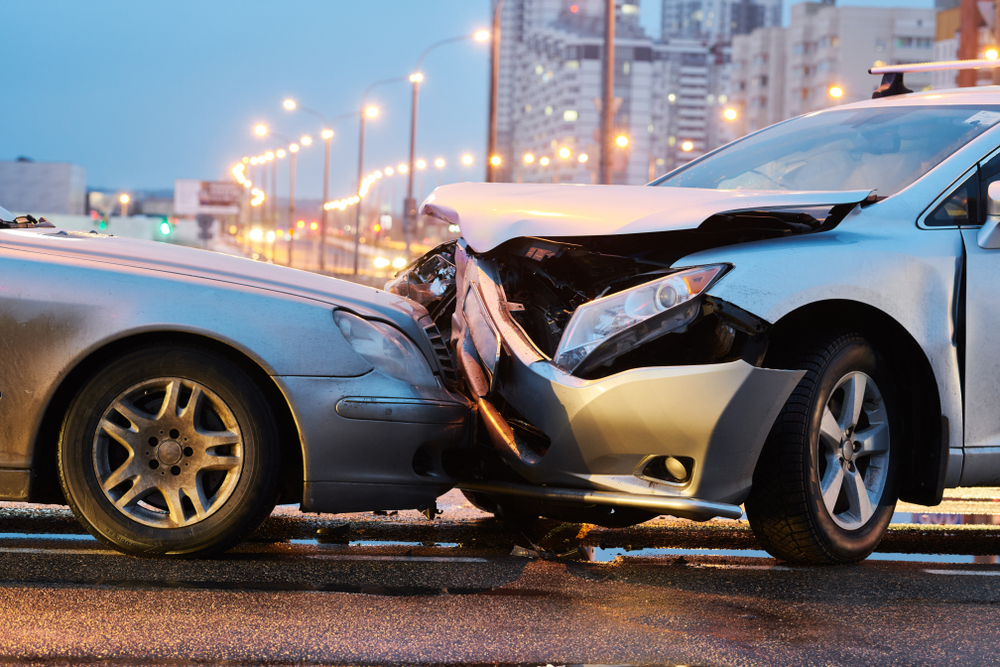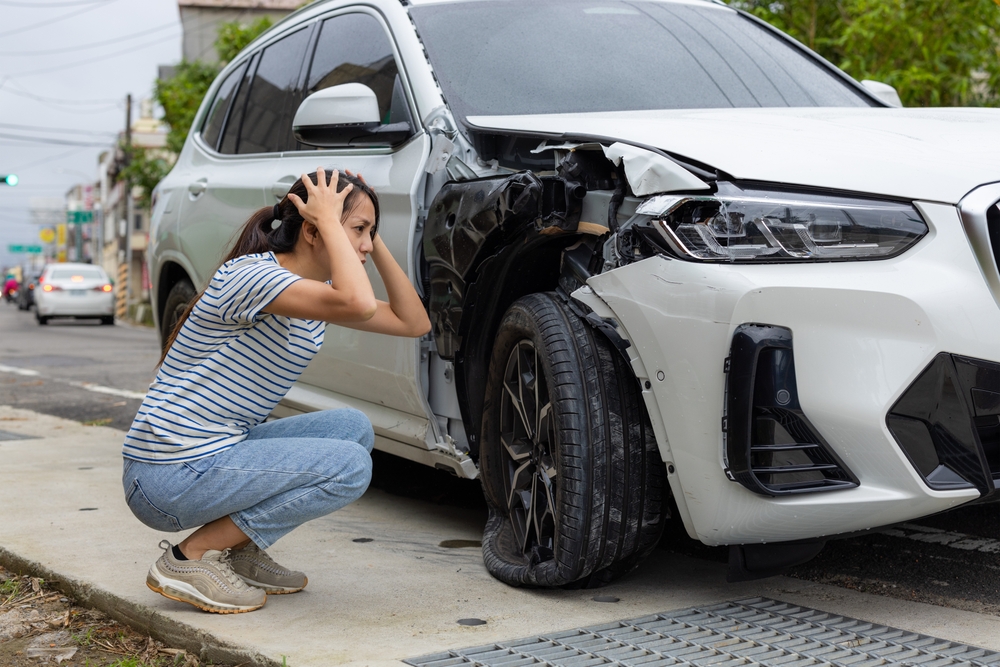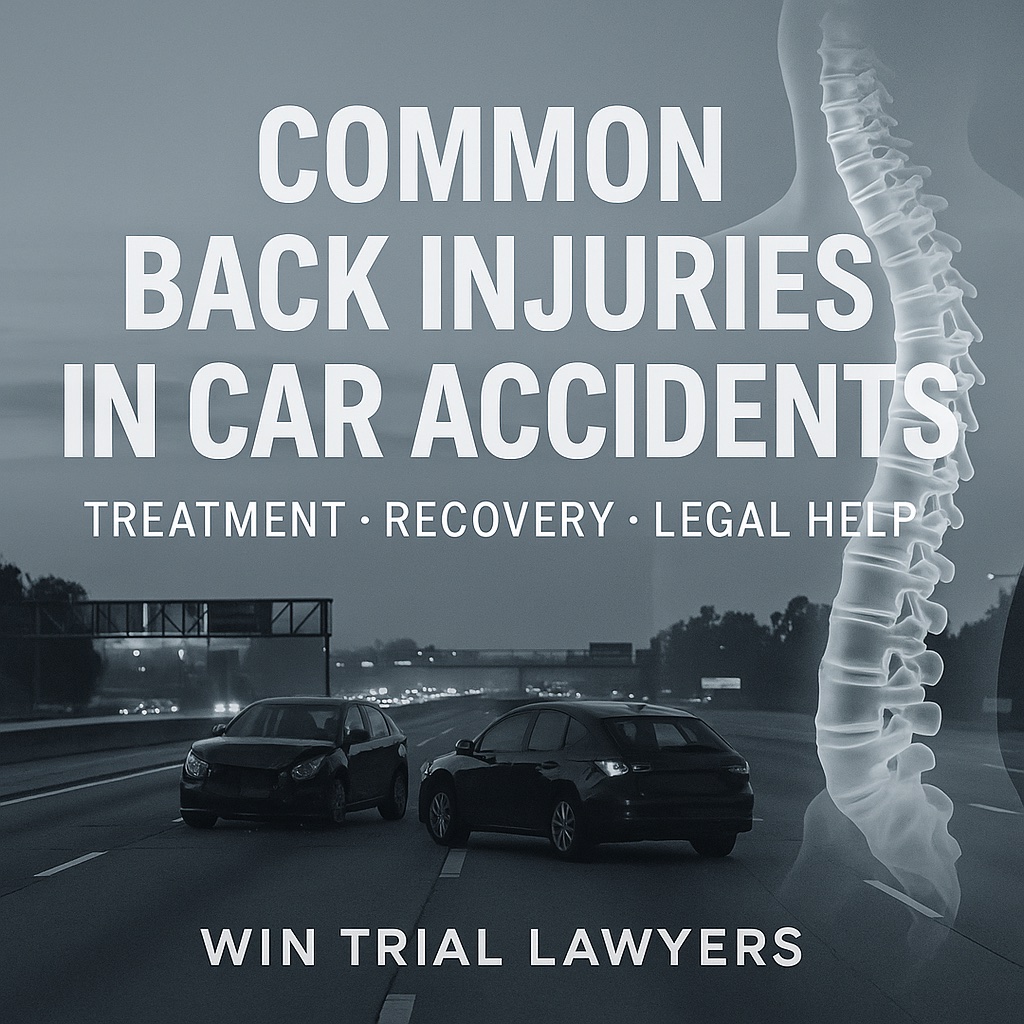
The Lasting Impact of Car Crash Back Injuries
After a car accident, many victims experience immediate pain, stiffness, or soreness in the back — warning signs that something more serious may be developing. The force of impact can jolt or twist the spine in unnatural ways, damaging muscles, ligaments, discs, or even vertebrae.
Back pain doesn’t always appear right away. In many cases, adrenaline and shock mask the injury, and symptoms surface hours or days later. By then, inflammation and tissue damage may already be progressing. What starts as a mild strain can develop into chronic pain, nerve irritation, or loss of mobility.
At WIN Trial Lawyers, we’ve seen how even “minor” collisions can cause major long-term effects. A small fender-bender may result in a herniated disc or spinal misalignment, leading to pain that radiates down the arms or legs. For many victims, that discomfort interferes with work, sleep, and everyday activities — diminishing their quality of life.
Understanding what type of back injury you have and getting early medical treatment are key to recovery. Prompt diagnosis not only promotes healing but also strengthens any future injury claim.
At WIN Trial Lawyers, we guide car accident victims through both the medical and legal aspects of recovery, ensuring their pain is taken seriously and their rights fully protected.

1. Whiplash (Cervical Strain or Sprain)
What It Is:
Whiplash happens when the neck and upper back are suddenly jerked forward and backward during a car crash, most often in rear-end collisions. The motion stretches or tears the muscles, ligaments, and tendons supporting the cervical spine. Even at low speeds, this rapid acceleration can place extreme stress on the neck, leading to significant pain and stiffness.
Common Symptoms:
Whiplash symptoms may not appear immediately and often worsen over several days. Common signs include:
- Neck, upper back, or shoulder pain and stiffness
- Headaches starting at the base of the skull
- Limited range of motion
- Dizziness, fatigue, or blurred vision
Some people also experience jaw pain, ringing in the ears, or concentration problems, especially if nerve inflammation occurs.
Treatment:
Most whiplash injuries heal with proper care, but untreated cases can lead to chronic discomfort. Recommended treatments include:
- Rest and light stretching to reduce strain
- Physical therapy or chiropractic care to restore motion
- Anti-inflammatory medication or muscle relaxants
- Hot/cold therapy and massage for pain relief
Recovery times vary — mild cases resolve in weeks, while others last months. Early medical evaluation is key to rule out more serious spinal injuries and to document the trauma for any future legal claim.
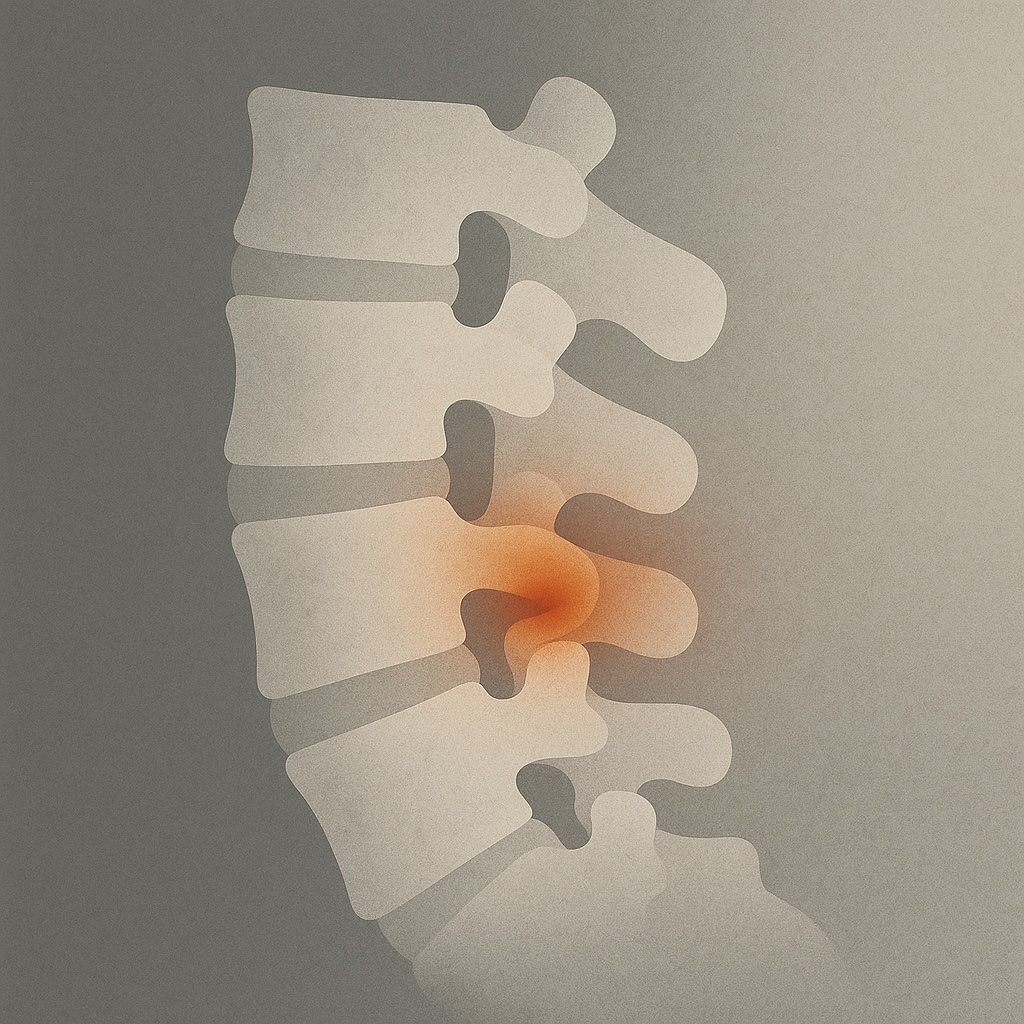
2. Herniated or Bulging Disc
What It Is:
A herniated disc occurs when the soft, gel-like center of a spinal disc pushes out through a tear or crack in the tougher exterior layer. This displacement puts pressure on the surrounding spinal nerves, often leading to pain, inflammation, and nerve irritation. In car accidents — especially rear-end or side-impact collisions — the sudden jolt or twisting motion of the body can cause the discs between vertebrae to shift or rupture.
While the injury can occur anywhere along the spine, herniated discs in the lower back (lumbar spine) and neck (cervical spine) are the most common. The condition may develop immediately after the accident or gradually as swelling and nerve compression increase.
Common Symptoms:
The symptoms of a herniated or bulging disc can vary depending on which part of the spine is affected, but often include:
- Sharp, shooting back pain that radiates to the buttocks, legs, or arms
- Numbness or tingling in the extremities
- Muscle weakness or difficulty lifting or gripping objects
- Pain that worsens with movement, sitting, or coughing
Some individuals also experience sciatica, where nerve pain travels down one side of the body, or neck stiffness and headaches if the injury occurs in the cervical spine.
Treatment:
Diagnosis usually begins with a physical examination and imaging, such as an MRI or CT scan, to pinpoint which disc is affected and how severely it’s pressing on the nerves.
Treatment often includes:
- Physical therapy and core strengthening to improve stability and reduce strain on the spine
- Anti-inflammatory medication or epidural steroid injections to control pain and swelling
- Activity modification and ergonomic adjustments to promote healing
- Surgery (e.g., discectomy or spinal fusion) in severe or persistent cases where conservative care fails
Recovery can take weeks to several months, depending on the extent of the damage and how quickly treatment begins.

3. Spinal Fractures or Compression Injuries
What It Is:
Severe impacts from a car accident can cause one or more vertebrae to fracture or collapse — a condition known as compression fractures. These injuries can destabilize the spine and lead to nerve compression or spinal cord damage. The force of the collision, especially in high-speed crashes, can cause vertebrae to compress or crack, resulting in intense pain and possible loss of function. Immediate medical attention is critical to avoid long-term complications.
Common Symptoms:
Symptoms of spinal fractures vary, but often include:
- Sudden, localized back pain at the injury site
- Numbness or tingling in the back, arms, or legs
- Muscle weakness or difficulty walking
- Loss of bladder or bowel control, a medical emergency indicating spinal cord involvement
In severe cases, victims may experience paralysis or loss of sensation below the injury site, requiring urgent care.
Treatment:
Spinal fractures are treated with a combination of medical intervention:
- Immobilization with a brace or corset to stabilize the spine
- Pain management and physical therapy for recovery
- Surgical procedures, such as vertebroplasty or spinal fusion, to stabilize the spine and prevent further damage
Immediate care is essential to prevent further spinal cord injury and ensure the best possible recovery.
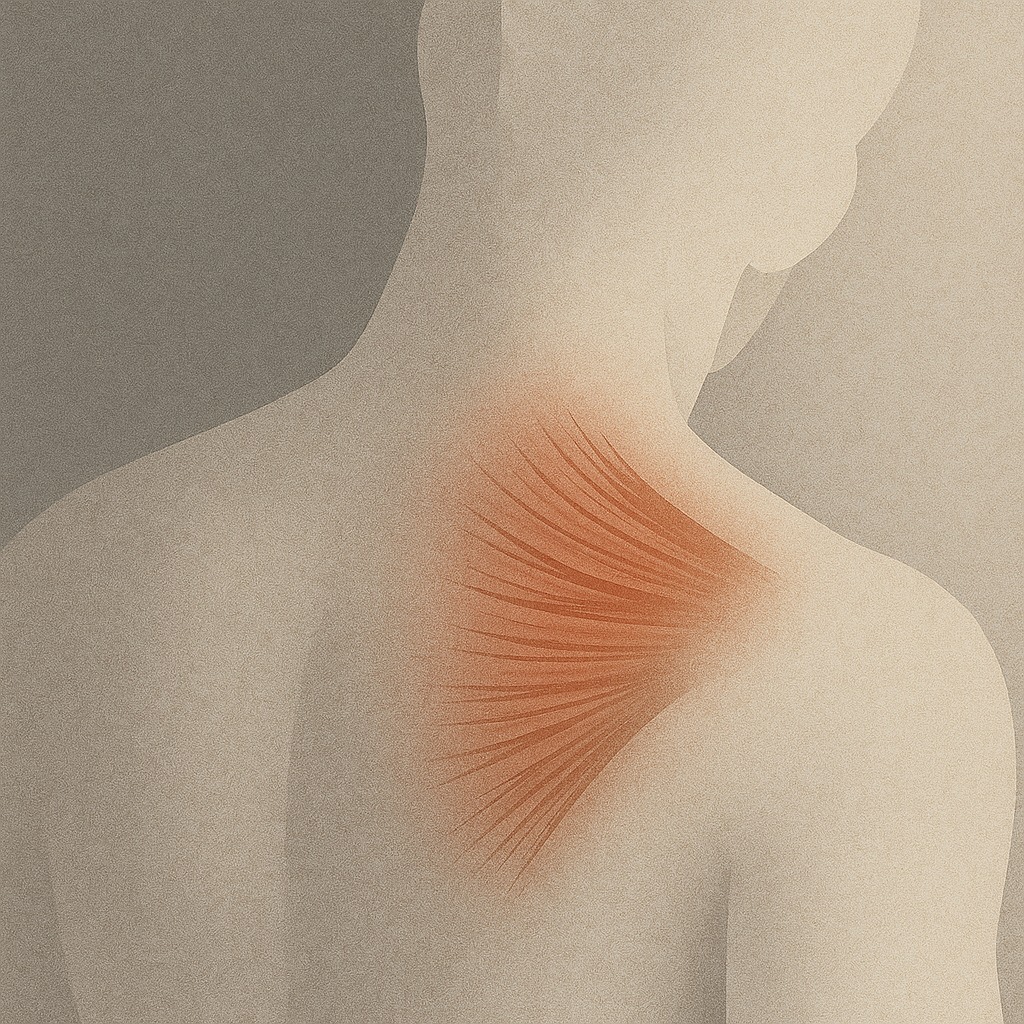
4. Soft Tissue Strains and Sprains
What It Is:
What It Is:
Soft tissue strains and sprains are among the most common — and often overlooked — car accident injuries. They occur when the muscles, ligaments, or tendons in the back are suddenly stretched or torn due to the force of impact. Even in a low-speed collision, the body can be thrown forward and backward violently, placing tremendous stress on the spine and supporting tissues.
Unlike fractures or herniated discs, soft tissue injuries don’t appear on X-rays or scans, which sometimes causes insurance companies to undervalue or dismiss them. However, these injuries can lead to significant pain, stiffness, and loss of mobility that can last for weeks or even months if not properly treated.
Common Symptoms:
Soft tissue damage can present in several ways, including:
- Stiffness or soreness in the back, shoulders, or neck
- Pain that worsens with bending, twisting, or prolonged sitting
- Muscle spasms or tension that restrict movement
In more severe cases, victims may experience radiating pain or persistent fatigue as the body compensates for weakened or inflamed muscles.
Treatment:
Treatment focuses on reducing inflammation, improving flexibility, and restoring strength. Common approaches include:
- Rest and anti-inflammatory medication to minimize swelling and pain
- Physical therapy, massage, or chiropractic adjustments to relieve muscle tension and restore range of motion
- Gradual reconditioning exercises to strengthen the back and prevent reinjury
Recovery times vary depending on the extent of tissue damage. While many people recover within a few weeks, others may experience lingering discomfort that interferes with sleep, work, or daily activities.
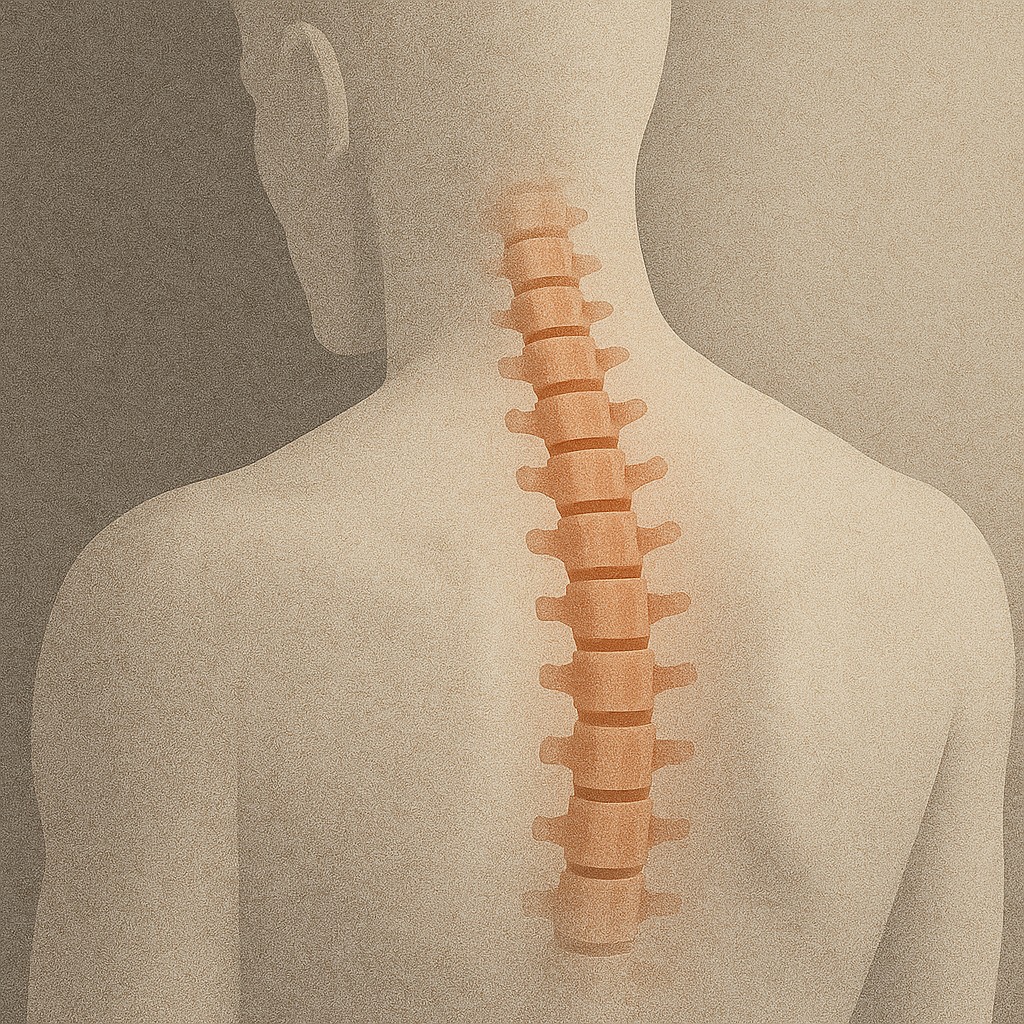
5. Spinal Cord Injuries
What It Is:
The spinal cord serves as the body’s main communication network, carrying messages between the brain and every other part of the body. When this delicate structure is injured, the results can be life-altering. In car accidents, spinal cord trauma often occurs due to direct impact, dislocation, or vertebral fracture that compresses or severs the cord.
Even a seemingly minor accident can cause significant damage if the spine is twisted or forced beyond its natural limits. Depending on the location and severity of the injury, spinal cord trauma may result in partial or total paralysis, loss of sensation, or serious autonomic complications that affect essential bodily functions.
Common Symptoms:
Spinal cord injuries can vary widely in severity, but may include:
- Numbness, weakness, or paralysis below the injury site
- Loss of bladder or bowel control
- Extreme pain or pressure in the neck, head, or back
- Difficulty breathing or regulating heart rate
Symptoms can appear immediately after the crash or gradually as swelling increases around the injured area. Any loss of motor control or sensation should be treated as a medical emergency requiring immediate intervention.
Treatment:
The primary goal of treatment is to stabilize the spine and prevent further damage. Medical care typically involves:
- Emergency stabilization using braces or traction to prevent movement
- Surgery to relieve pressure on the spinal cord or repair vertebral fractures
- Intensive rehabilitation to strengthen remaining motor function and promote adaptation
- Long-term therapy and assistive devices, such as wheelchairs or mobility aids, to restore independence
Recovery from a spinal cord injury is a lifelong process that requires multidisciplinary care, including neurologists, physical therapists, and rehabilitation specialists.
Rehabilitation and Recovery for Back Injuries
Regardless of severity, most back injury recoveries involve a combination of rest, physical therapy, and gradual reconditioning. Some victims need long-term pain management, spinal injections, or even surgical intervention.
Recovery can be unpredictable — some patients improve within weeks, while others experience chronic pain lasting years. That’s why accurate diagnosis and consistent documentation are critical, not only for medical reasons but also for legal claims.
At WIN Trial Lawyers, we work closely with orthopedic surgeons, chiropractors, and rehabilitation specialists to understand the full scope of our clients’ injuries — ensuring that the pain you feel today and the limitations you face tomorrow are both accounted for in your case.
How WIN Trial Lawyers Helps Back Injury Victims
- Coordinating medical evaluations with top spine specialists
- Securing diagnostic imaging (MRI, CT, EMG) to confirm injury
- Tracking your treatment progress to demonstrate long-term impact
- Negotiating with insurers who often minimize or delay legitimate injury claims
- Taking cases to trial when necessary to achieve full recovery for clients
Back injuries from car accidents can be complex, both medically and legally. Our goal is to ensure every client receives the treatment, support, and justice they deserve.
Call WIN Trial Lawyers Today

At WIN Trial Lawyers, we know how devastating distracted driving accidents can be. Victims often face mounting medical bills, lost wages, and emotional trauma. Our team has successfully taken on insurance companies and distracted drivers, recovering millions for injured clients.
If you or a loved one has been injured in a speeding-related car accident, don’t leave your future in the hands of the insurance company. You need experienced trial lawyers who know how to prove liability and fight for maximum compensation.
If you or a loved one has been injured in a distracted driving accident, don’t face this alone. The sooner you act, the stronger your case will be.

